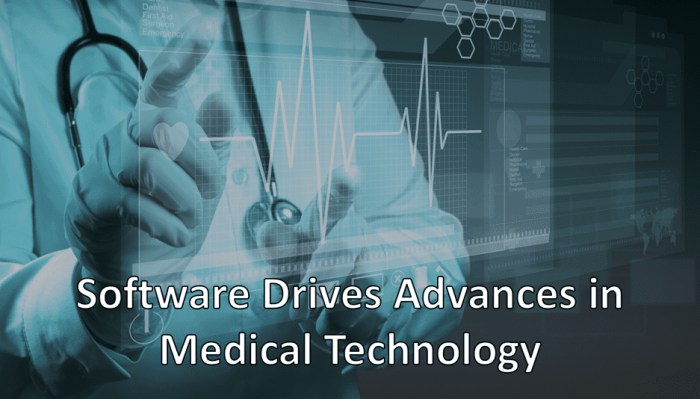Oder
Konto erstellen
Anmeldung für den Zugriff auf die Premium-Inhalte
Registrieren Sie sich für vollen Zugriff auf unsere umfangreiche Ressourcen-Bibliothek.

Over the last few years, medicine has been a catalyst for driving progress in the innovation of medical devices and treatment plans. Digital technology is becoming embedded in every area of healthcare delivery. Medical devices are becoming more and more complex.
In this blog, Bill Steiniger dives into the importance of utilizing fully tested C and C++ code that is verified to the IEC 62304 standard, as a driver for differentiation and added value in medical devices.

In many business segments, be it transportation, industrial automation or in medical devices, industry leaders have developed finely tuned software code bases over the years. This code tends to consist of many interlocking parts with common dependencies. Small changes in one part of a project can have wide-ranging impacts on other parts of a project.
Maintaining consistent software quality across generations of production code releases is vital to maximizing reliability, functional safety and certification compliance while minimizing liability exposure in the process.
In this blog, Rob Mueller-Albrecht, Cantata Technical Support Engineer of QA Systems, dives into how to avoid frustration and resolve problems efficiently in all phases of software development, verification and certification, it is best to have the orchestra of software professionals work from the same musical arrangement.

In software engineering, we test primarily to diminish risks. Errors are costly, and testing serves as a safety net for the full software system.
However, it is not the only purpose of testing. We can also do testing for understanding, just as software engineers should do when writing a program. And racing drivers do when learning a new track or car.
The parallels between racing and software development may not be immediately evident. However, both require the design and implementation of solid processes to secure success.
This article introduces methods, techniques, and tools to ensure clarity of thinking and implementation during development of project processes.

C and its derivative C++ are the two most prevalent and relied upon languages used for the provision of Safety Critical Systems in the automotive industry and adherence to the ISO 26262 Certification Standard is mandatory.
But to understand why we need to wind the clock back in time to the glorious 1980s. Electronically controlled ignition and fuel injection systems were the first major embedded systems developed in the automotive industry.
The replacement of mechanical and analogue ignition and injection systems heralded the introduction of controllable digital alternatives, which kept pace with the availability of cheaper, faster, more robust and reliable micro-controllers.
Find out in this blog why C and its derivative C++ are the two most prevalent languages within the automotive industry.

It’s all about change… and this is a very common question I get when talking to my clients. What are my options to maintain my existing tests when the source code has been modified? Some of my interlocutors are pointing out that they had to refactor their software, some others will talk about redesign efforts.

The world’s leading engineering companies and their leadership teams have one mission objective outside of the commercial, to build and retain industry leading, high-performance people that deliver quality products on time.